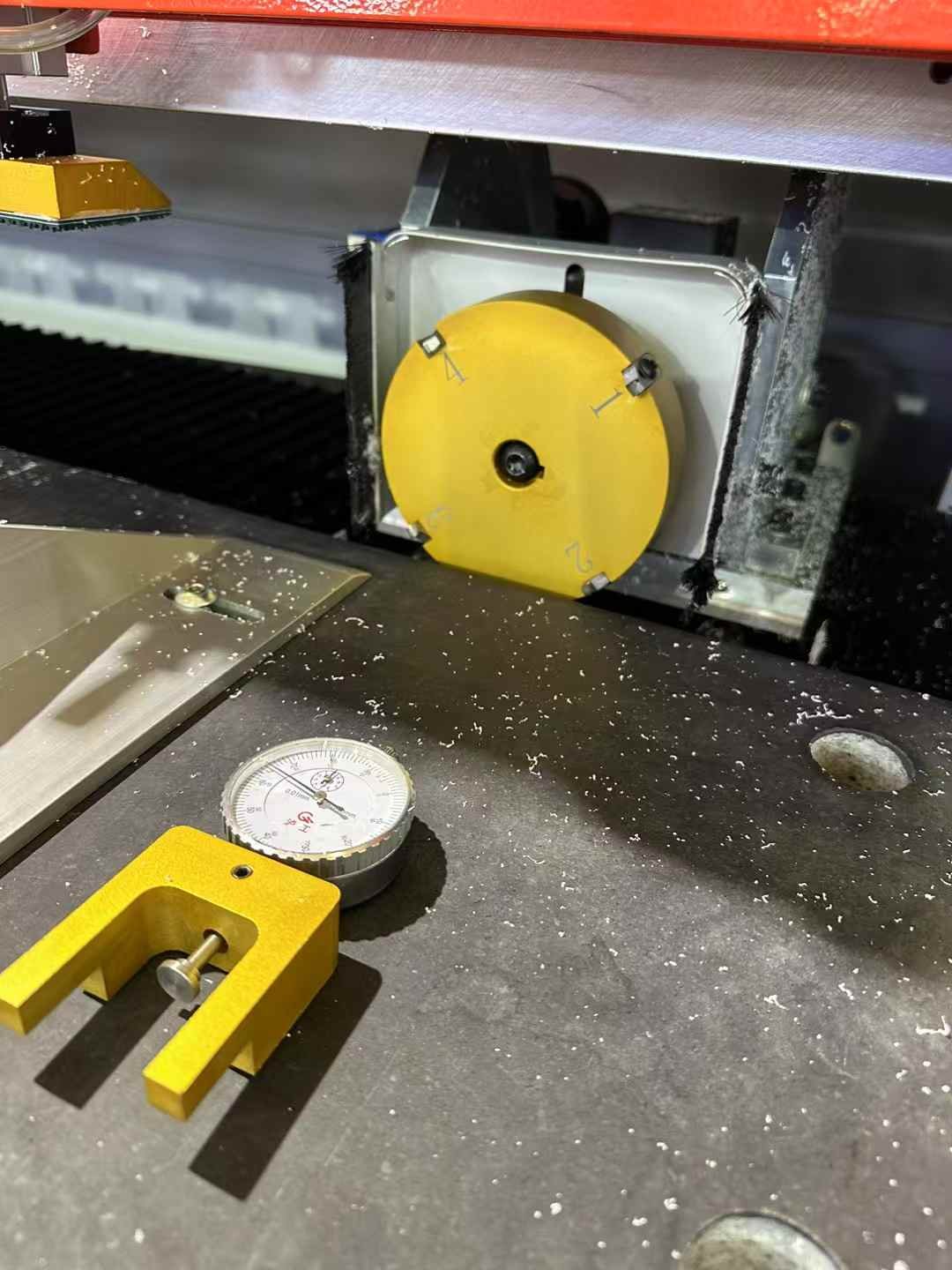Precautions for Operating Acrylic Polishing Machines and Polishing Pads
Acrylic polishing machines can be divided into electric and pneumatic types. Compared with pneumatic polishing machines, electric ones usually feature higher and adjustable rotation speeds, stronger power, and better grinding and polishing performance. By driving a rotating polishing disc or pad, the machine smooths and brightens the acrylic surface, removing fine imperfections and increasing gloss.
The most common polishing pads currently in use are wool pads, coarse sponge pads, and soft sponge pads. Wool and coarse sponge pads are mainly used for medium-level grinding and polishing, while soft sponge pads often feature a wavy design, making them suitable for fine finishing. With proper selection, the polished surface can achieve a mirror-like shine.
Correct operation and pad selection are critical to achieving high-quality, glossy acrylic surfaces.
Key Safety and Operation Notes
- Avoid touching the work surface: Do not make contact when starting or stopping the machine.
- Keep the disc parallel: Ensure the polishing pad remains parallel to the surface for even results.
- Wait for a full stop: Do not put down the machine until it has completely stopped rotating.
- Protect the power cable: Avoid entanglement of the cable with the rotating disc.
- Control dust: Prevent polishing dust from flying everywhere and direct it downward instead.
- Be cautious near edges: Avoid working too close to bumpers, frames, or parts that could catch the disc edge.
- Apply steady pressure: Use moderate, even pressure. Excess force can generate heat and damage the acrylic surface.
- Check pads regularly: Replace worn or damaged pads in time to ensure polishing quality.
By following these precautions, you can maximize the efficiency of acrylic polishing machines, prolong equipment lifespan, and achieve consistently bright and smooth results.


